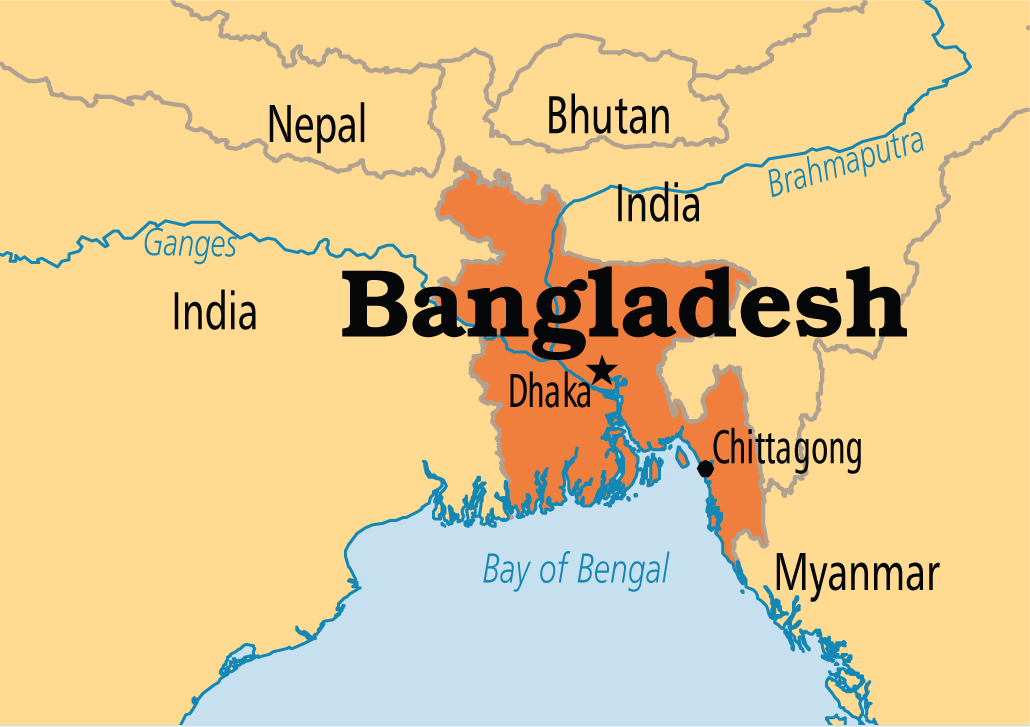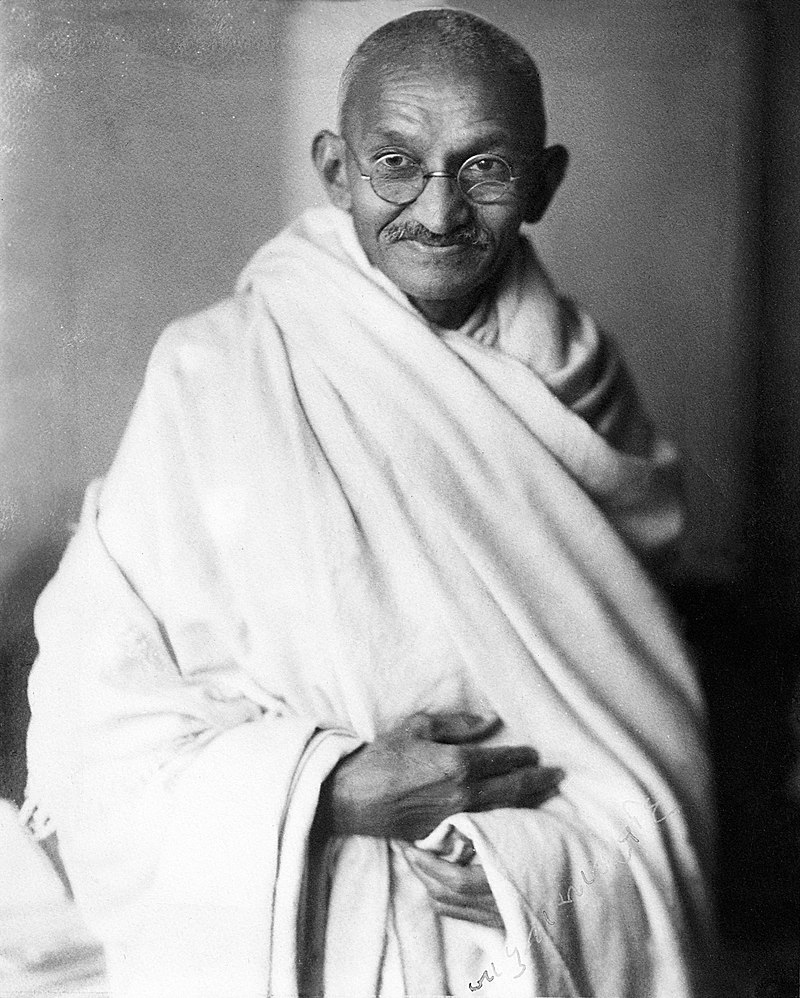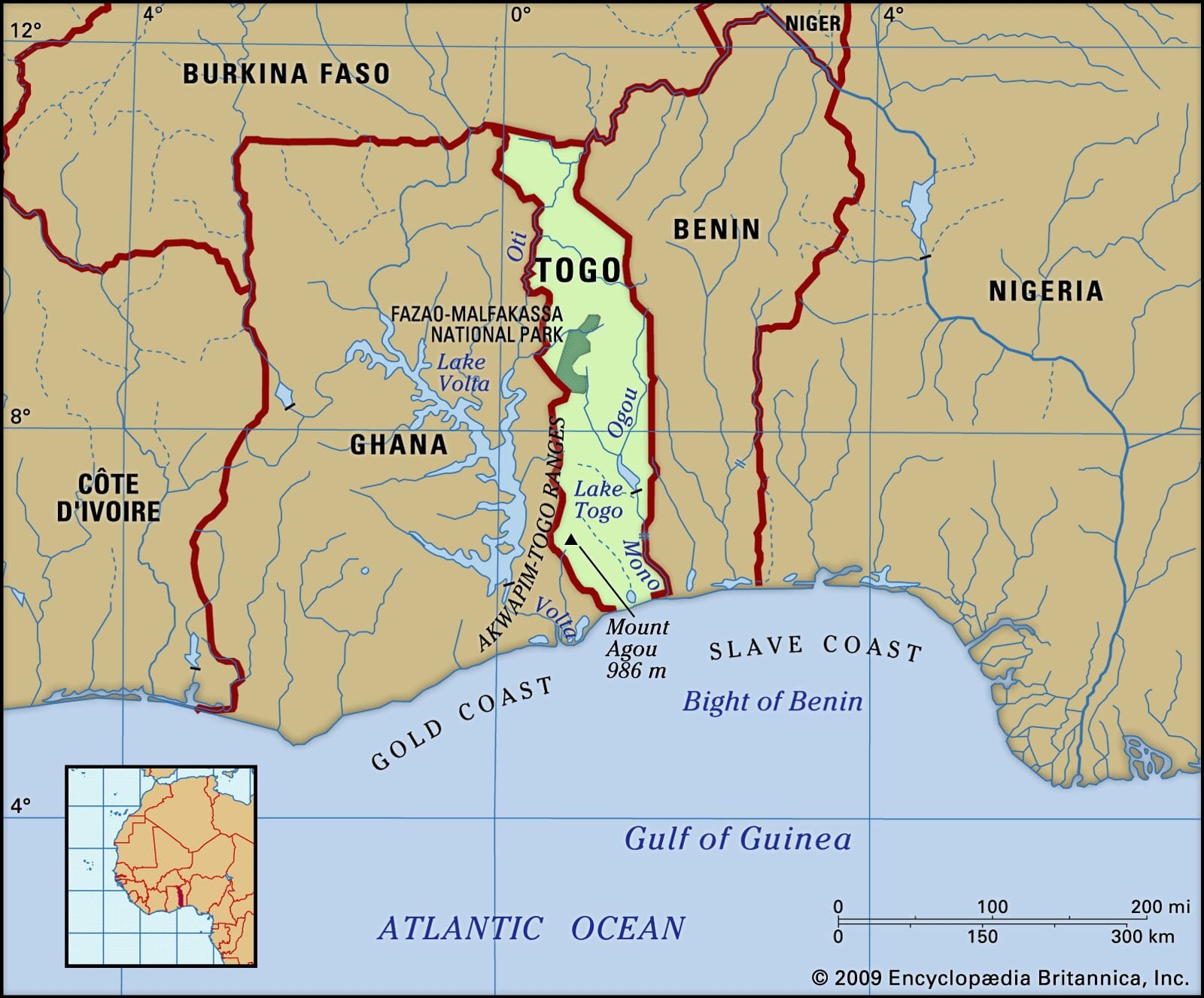India-Togo Relations
Why in News
Recently, the Togolese Republic (also known as Togo) and India has come together for the development of about 300 MW Solar Power Projects in Dapaong (Dalwak region) and Mango (Savanes region).
- National Thermal Power Corporation (NTPC) Limited will be the Project Management Consultant (PMC) for the projects.
- Togo is the first International Solar Alliance (ISA) country to avail the services of NTPC.
National Thermal Power Corporation Limited
- It is India’s largest energy conglomerate with roots planted way back in 1975 to accelerate power development in India.
- Its mission is to provide reliable power and related solutions in an economical, efficient and environment-friendly manner, driven by innovation and agility.
- NTPC became a Maharatna company in May 2010.
- It is located in New Delhi.
- It has an installed power capacity of more than 58,000 MW which include 870 MW of Solar Projects and 1062 MW under development.
Key Points
- NTPC had submitted a proposal to the (ISA) for giving Project Management Consultancy to the member countries for the implementation of Solar Projects.
- The proposal was put on Swiss challenge on the ISA website and subsequently submitted to the ISA Finance Committee. It was cleared in 2nd ISA Assembly held in October 2019.
Swiss Challenge
- Swiss challenge method is a method of bidding, often used in public projects, in which an interested party initiates a proposal for a contract or bid for a project.
- The government then puts the details of the project out in the public and invites proposals from others interested in executing it.
- On the receipt of these bids, the original proposer gets an opportunity to match the best bid. In case, the original proposer fails to match the bid, the project is awarded to the proposer of the best bid.
Togo
- It is a country in West Africa and extends south to the Gulf of Guinea and is bordered on the north by Burkina Faso, Benin to the east, and Ghana on the west.
- Togo’s capital is Lomé, located in the Gulf of Guinea and is the largest city and port of the country.
- Togo is a sub-Saharan nation, with a good growing climate that supports its dependence on agriculture.
- The economy rests largely on agricultural products such as coffee, cocoa beans, and peanuts (groundnuts).
- It has extensive phosphate reserves and is one of the world’s largest phosphate producers.
- Its official language is French and many other languages of the Gbe family are spoken in Togo.
- History:
- Togo was initially populated by various tribes and later became a centre for the slave trade known as “The Slave Coast” in the 16th century.
- It was later a German colony until World War I when it was divided by England and France.
- In 1914 Togoland became Togo. British Togoland eventually became part of Ghana and French Togoland.
- Togo gained independence in 1960.
- Memberships:
- It is a member of the United Nations, the Organisation of the Islamic Conference, the African Union, the International Solar Alliance among others.
- Togo has set an ambitious plan to achieve universal electricity access by 2030 with focus on capacity addition in Solar Power generation.
Bhuvan Panchayat 3.0
Why in News
Recently an upgraded geo-imaging web portal, Bhuvan Panchayat 3.0 was launched during the National Workshop on “Space-based Information Support for Decentralised Planning-2".
- The launch is part of the advanced Space-based Information Support for Decentralised Planning (SISDP) project.
- The SISDP was launched in 2011 and its first phase of making databases was completed in 2017.
Key Points
- The portal uses high-resolution data from recent earth observation satellites and offers detailed information to panchayats about their key assets.
- For the first time, the thematic maps of 1:10,000 scale have been generated based on high-resolution data given by Indian Space Research Organisation’s (ISRO) new earth observation satellites.
- It is jointly implemented by the Ministry of Panchayati Raj and Department of Space, ISRO.
Advantages
- Decentralised Planning: "Bhuvan Panchayats" is facilitating decentralised planning at grassroot level. E.g.: It is possible for rural planners to plan and locate a healthcare unit, water harvesting, rural communication network even as they sit in panchayat offices.
- Empowering the Panchayats:The workshop addressed modalities and mechanisms that would be adopted to empower the local bodies in utilizing the space technology in the form of simple-to-use maps, location based services through Navigation in Indian Constellation (NavIC) and high resolution space images based local tools to enable the panchayats with modern technology for sustainable development.
- Technology and Governance: The Panchayati Raj institutions could effectively use space technology for planning, implementation, monitoring and management of resources, including governance.
- Digital India: It can also prove to be an important component for “Digital India” platform for reaching digital thematic maps to about 2.56 Lakh Gram panchayats in the country.
Bhuvan Portal
- Bhuvan (Sanskrit for Earth) is a Geoportal of ISRO , allowing host of services covering visualization, free data download, thematic map display and analysis, timely information on disaster and project specific GIS applications.
- The portal was launched in 2009 and is available in English, Hindi, Tamil and Telugu.
- Bhuvan, as a platform, is open and can be used by a diverse user community such as Central and State Governments Departments, Academia and Industry. Few examples are:
- Bhuvan-Bhujal: Ground Water Prospects Information System
- School Bhuvan: An e-learning portal for the students
- ENVIS program of Ministry of Environment, Forests & Climate Change
- Bhuvan Ganga: Enables people participation in providing vital information for Clean Ganga project
- Srishti-Drishti: An Integrated Watershed Development Program
ENVIS Program
- Environmental Information System (ENVIS) program was started in December, 1982 to provide environmental information to decision makers, policy planners, scientists and engineers, research workers, etc. all over the country.
- ENVIS has started implementing the World Bank assisted Environment Management Capacity Building Technical Assistance Project (EMCBTAP) since January, 2002 which aims at structuring the ENVIS scheme by extending its reach through involvement of Institutions/Organizations in State Governments, academia sector, corporate sector, NGO sector, etc.
E-flows in River Ganga
Why in News
- According to the Central Water Commission (CWC), 4 of the 11 hydro power projects on the upper reaches of the river Ganga’s tributaries are violating Ganga ecological flow (e-flow) norms.
- The non-compliant ones are:
- Vishnuprayag Hydroelectric project - Alaknanda
- Srinagar Hydroelectric project - Alaknanda
- Maneri Bhali Phase 2 - Bhagirathi
- Pashulok - Ganga Mainstream
- Violating the e-flow norms can mean closure of the project or a hefty fine.
Ecological- Flow Norms
- The Central Government under the Environment (Protection) Act, 1986 has notified the minimum environmental flows for the River Ganga that has to be maintained at various locations on the river.
- This is to ensure that the river has at least the minimum required environmental flow of water even after the river flow gets diverted by projects and structures for purposes like irrigation, hydropower, domestic and industrial use etc. This is an important step taken towards maintaining the uninterrupted or Aviral Dhara of the river.
- Environmental flows are the acceptable flow regimes that are required to maintain a river in the desired environmental state or predetermined state.
- The Central Water Commission is the designated authority and will be responsible for supervision, monitoring, regulation of flows and reporting of necessary information to the appropriate authority as and when required and also take emergent decisions about the water storage norms in case of any emergency.
Power Companies and E-flow Norms
- The Centre’s e-flow notification came into effect in October 2018 and gave companies three years to modify their design plans, if required, to ensure that a minimum amount of water flowed during all seasons. Power producers generally hoard water to create reserves to increase power production.
- In September 2019, the government advanced this deadline, from October 2021 to December 2019. This was after the CWC undertook field visits to hydropower sites and reported that most of the power projects could begin implementing the norms right away and didn’t need three years.
Central Water Commission
- CWC is a premier technical organization of India in the field of water resources and is presently functioning as an attached office of the Ministry of Jal Shakti. It was formed in 1974-1975 via a notification.
- The Commission is entrusted with the general responsibilities of initiating, coordinating and furthering in consultation of the State Governments concerned, schemes for control, conservation and utilization of water resources throughout the country, for the purpose of flood control, irrigation, navigation, drinking water supply and water power development.
The Ganga River System
- The headwaters of the Ganga called the ‘Bhagirathi’ is fed by the Gangotri Glacier and joined by the Alaknanda at Devaprayag in Uttarakhand.
- At Haridwar, Ganga emerges from the mountains to the plains.
- The Ganga is joined by many tributaries from the Himalayas, a few of them being major rivers such as the Yamuna, the Ghaghara, the Gandak and the Kosi.
Misery Index
Why in News
Recently, there has been a demand to measure Indian economy on ‘Misery Index’.
- The first misery index was created by Arthur Okun in 1960’s and was equal to the sum of inflation and unemployment rate figures to provide a snapshot of the US economy.
- The higher the index, the more is the misery felt by average citizens.
- It has broadened in recent times to include other economic indicators, such as bank lending rates.
- In recent times, variations of the original misery index have become popular as a means to gauge the overall health of the global economy.
- A variation of the original misery index is the Bloomberg misery index, developed by the online publication.
SAMPRITI - IX
Why in News
- A joint military training exercise between India and Bangladesh ‘SAMPRITI-IX’ will be conducted at Umroi, Meghalaya from 3rd-16th february, 2020.
- The exercise aims to build, strengthen and promote positive relations between the Armies of India and Bangladesh.
- The exercise is hosted alternately by both countries.
- The eighth edition of the exercise was conducted at Tangail, Bangladesh.
| Joint Military Exercises of India with Other Countries | |
| Name of Exercise | Country |
| Garuda Shakti | Indonesia |
| Ekuverin | Maldives |
| Hand-in-Hand | China |
| Kurukshetra | Singapore |
| Mitra Shakti | Sri Lanka |
| Nomadic Elephant | Mongolia |
Martyr’s Day
Why in News
Prime Minister of India paid tribute to Mahatma Gandhi on his 72nd Death Anniversary at Gandhi Smriti, New Delhi.
- Martyr’s Day is observed on 30th January every year in the memory of Mahatma Gandhi and his contributions to the nation.
- 23rd March is also observed as Martyr's Day to pay tribute to three revolutionaries of India namely Bhagat Singh, Shivaram Rajguru and Sukhdev Thapar.
Mahatma Gandhi
- Mohandas Karamchand Gandhi was born on October 2, 1869, at Porbandar in Gujarat and died on January 30, 1948, at Gandhi Smriti, New Delhi.
- He was assassinated by Nathuram Godse in the Birla House during his evening prayers.
- He was a lawyer, politician, social activist, writer and became the leader of the nationalist movement against the British rule of India.
- He is considered the Father of the Nation.
- Gandhi and his ideologies played an important role in liberating India from the British.
Andhra Pradesh’s Fruit Train
Why in News
A ‘fruit train’, said to be the first of its kind in the country, was flagged off from Tadipatri Railway Station in Andhra Pradesh carrying a load of 980 metric tonnes of locally grown bananas to the Jawaharlal Nehru Port in Mumbai.
- This is the first time in India that an entire train is being sent to the gateway port (JNPT) for export.
- This helps save both time and fuel as 150 trucks would have been required to send a consignment of this size by road to JNPT, which is over 900 km away, before the temperature-controlled containers are loaded on ships.

